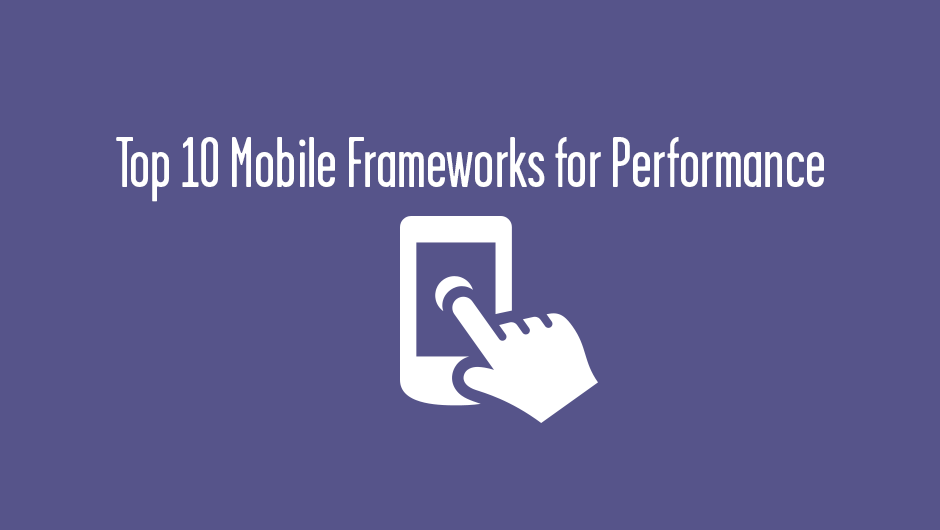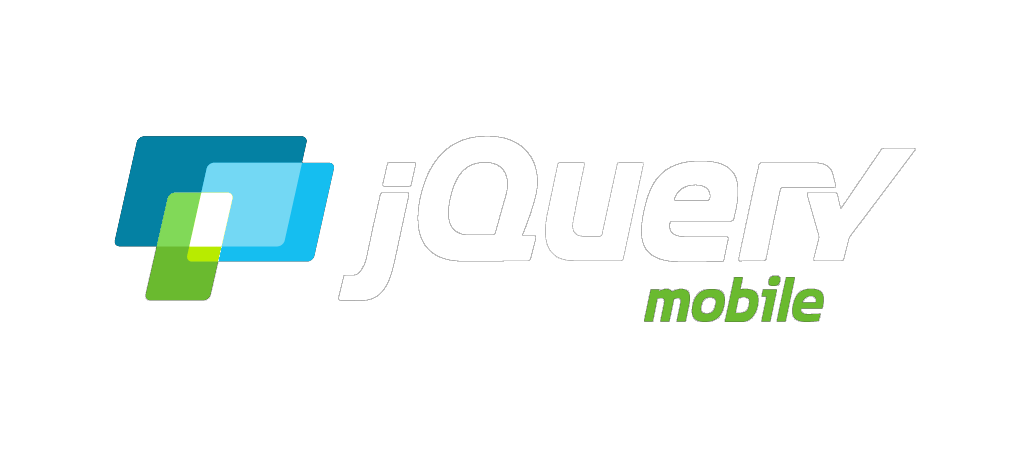-
Joe Wood
-
Zeke Fast
-
Dave Hulihan
-
moklick
-
monospace

Top 10 Mobile Frameworks for Performance
As mobile devices gain greater share of all online traffic, the complexity of the mobile ecosystem presents a number of problems for web developers wanting to stay relevant and leverage their basic skills in HTML, CSS, and JavaScript to their advantage.
This is where a relatively new breed of application enablers called ‘mobile web app frameworks’ come into play. However, it is a dynamic landscape, and the options available change every couple of weeks or so, making it a tricky area to pin down.
There are plenty of advantages and disadvantages, and the native app developers are always ready to argue the downside of mobile app frameworks, but they make a lot of sense for developers who need to quickly build apps using web technologies that are supported across a wide variety of mobile platforms. This is important seeing as mobile traffic will be rising quite a bit this year.
While there are plenty of players in this field, the dust may be settling a bit, and we may just be able to begin seeing who is going to be left standing as the game unfolds, so he’s a quick overview of the most popular mobile frameworks for performance.
jQuery Mobile

jQuery Mobile supports iOS, Android, Blackberry, Windows Phone, and more. Most of what you need to wrap your basic code for deployment is already written, so you just have to tweak the branding and the layout. There is a strong community for support and excellent documentation. Developers report that its functionality has more of the feel of a native app as opposed to a mobile website.
Pros
- Rapid UI modeling
- Easy app store approvals
- Good cross-platform compatibility
- Strong team responsiveness to bug reports on GitHub
Cons
- Slower than native code
- Somewhat quirky rendering of native look & feel
PhoneGap (Cordova)

PhoneGap is a framework based on Cordova that provides the developer with a set of JavaScript APIs that connect to the native functions of a device like camera, geolocation, contacts, lock screen, etc. Combined with a framework like jQuery mobile, you can compile your app using any of the common platform’s SDKs–including iOS, Android, Windows Phone, Blackberry, and Web OS.
Pros
- Mature
- Stable dev environment
- Strong community
- Leverage web-dev skills
Cons
- Sometimes hard to find the right plug-ins
- Slower than native performance
Sencha Touch

If platform native theme look and feel are really important, you may want to take a close look at Sencha Touch.
With themes for iOS, Android, Blackberry, Windows Phone, Tizen, and a variety of other platforms, it delivers the look and feel of a native app. Powered by HTML5 and CSS3, it provides a robust set of APIs, components, and other elements that are compatible with the current crop of mobile platforms and their browsers.
Sencha Touch has been around for awhile and has a strong community of developers in the hybrid mobile app space, it’s also reported to have a bit of a longer learning curve after the initial exposure.
Pros
- Good library of UI components
- Extensible API
- Excellent themes
Cons
- Sometimes sluggish performance
- Uses a proprietary stack
- May need to write custom plug-ins
Ionic

For developers more concerned with performance, Ionic could be the framework of choice. Based on HTML5, it leverages hardware acceleration and uses AngularJS to power its apps. Using two-way data binding, its interaction with back-end services and APIs is stable and reliable. Look for more creative ways to build apps from the folks at Ionic in the near future!
Pros
- Good suite of UI components
- Strong community
Cons
- Sluggish rendering of UI, especially animations
- Quirky at times
Mobile Angular UI

Another framework that uses AngularJS is the Mobile Angular UI. Interactive components like switches, sidebars, and overlays are delivered by way of Bootstrap 3. Since it doesn’t require any external jQuery dependencies, delivering a robust mobile experience for users is simply a matter of directing AngularJS.
Pros
- Allows developers to leverage JQuery knowledge extensively
- Works well with older browsers
Cons
- Difficult to customize and add customer functions
Appcelerator’s Titanium

If you’re looking for a one-stop mobile application framework with everything you need in one package, you might also want to take a look at Appcelerator’s Titanium studio. Titanium studio features platform independent APIs that make accessing mobile device hardware extremely clean and reliable.
Pros
- Good performance due to use of native UI components
- Strong dependence on JavaScript normalizes code across platforms
- Let’s developers leverage existing skills
Cons
- Performance due to native UI components has a learning curve cost
- Managing native SDKs locally takes a lot more time
Kendo UI

For developers wanting to leverage an existing knowledge of and investment in learning JQuery, Kendo UI may be the way to go. While most of Kendo’s UI tools and JavaScript frameworks are open source, most of the commonly used widgets are still subject to commercial licensing agreements.
Pros
- Strong integration between mobile UI and mobile data
- Strong dependence on JavaScript normalizes code across platforms
- Let’s developers leverage existing skills
Cons
- Pricey for some developers
- Extending with new widgets is difficult
Ratchet

Originally developed and used by Twitter as an internal prototyping tool, Ratchet has now been released as an open source initiative. Featuring pre-made themes for iOS and Android, a proprietary font icon set and a nice collection of UI and javascript plugins, Ratchet is a great tool for building simple apps based on reusable HTML classes.
Pros
- Extremely light and useful as a prototyping tool for simpler apps
Cons
- Documentation deficit
- UI inconsistencies
- Rendering is erratic
Famo.us

Famo.us is promising to eliminate the HTML5 performance issues often associated with mobile devices. Famo.us is a newcomer to the mobile application framework space, but is featuring a number of innovative approaches to its business model that may boost its acceptance. Still in beta, one of its attention-grabbing features is its lightweight JS library which comes in at only 64k.
Pros
- Good animation engine (60fps)
- Rapid rendering
Cons
- Missing UI components
- Not widely used
- Small community
- Immature documentation
Jo

An incredibly lightweight mobile application framework based on HTML5, Jo is optimised for all the major mobile operating systems. Its wrapper is significantly smaller than some of the other frameworks and includes a flexible event model, a light data layer, sound encapsulation, and a nice set of UI widgets.
Pros
- Lightweight and fast
- Works with PhoneGap
- Leverage OOP practices
- Extensive widget support
Cons
- Non-native theme
- Looks and acts like a web app
- Hard to find examples and references
Closing Thoughts
This overview is neither in-depth enough nor comprehensive enough to be the final word in a space that is changing as quickly as the mobile application framework space. That said, each of the entries in this list have some unique strengths that will appeal to developers with differing needs.
The dynamic space that it is, there are many voices in the discussions around the strengths and weaknesses of these and other mobile frameworks. Please add your voice to the discussion below and let the developer community know what your experiences have been.
About The Author
Ivan Serrano is an avid tech writer and photographer based in the heart of San Francisco.

Having written for Wired and WeWork, Ivan enjoys learning and voicing his thoughts on mass communication in relation to globalisation, focusing on areas like the startup and business communities.